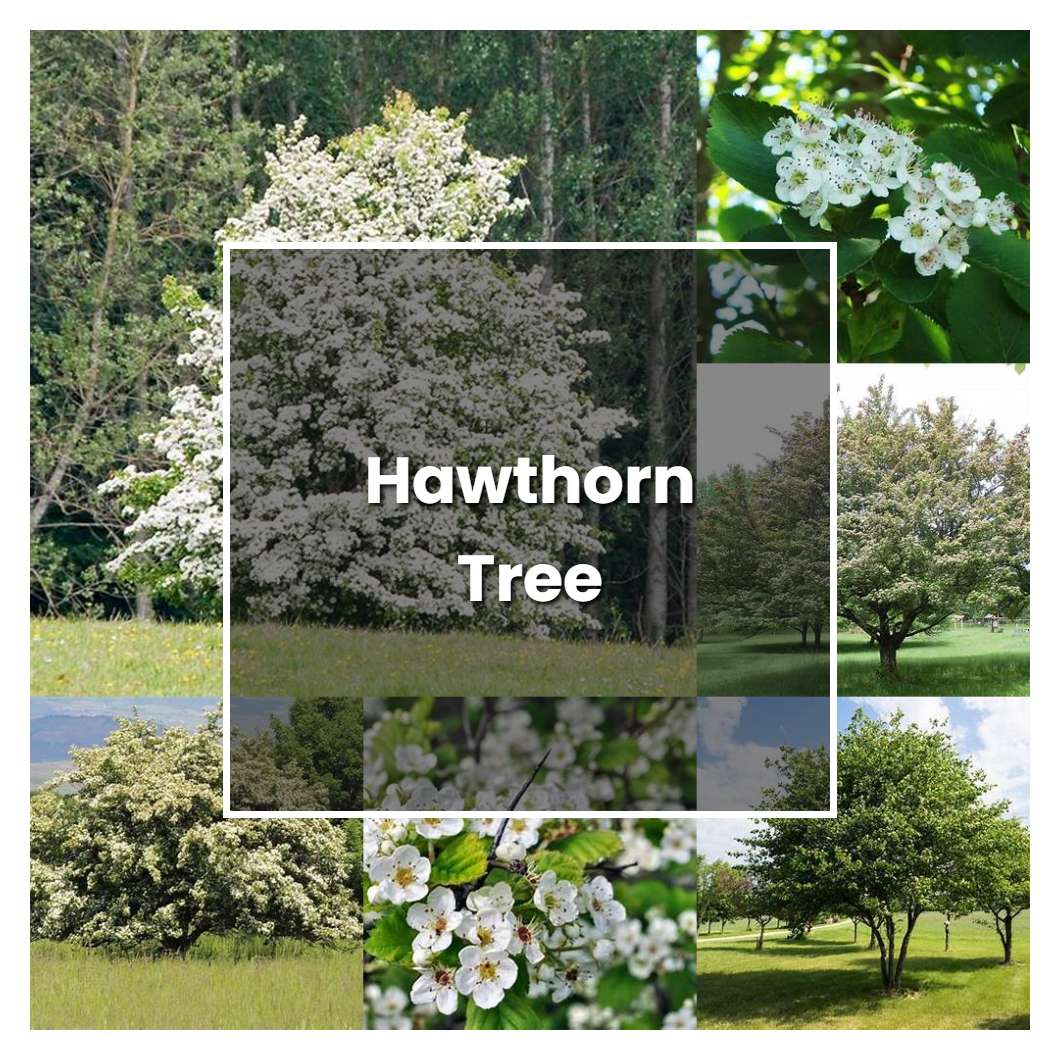Hawthorn tree is a plant that has many benefits. Hawthorn tree is a deciduous plant that is native to Europe, Asia and North America. The plant is a small tree or shrub that grows to a height of 15 to 20 feet. The leaves of the tree are alternate, simple and obovate in shape with toothed margins. The flowers are white or pink in color and are borne in clusters. The fruit is a small, red, fleshy drupe.

Related plant:
Indian Hawthorn Plant
Related plant:
Indian Hawthorn
About soil condition, the Hawthorn tree grows best in deep, humus-rich, slightly acidic to neutral soils, but it can tolerates a wide range of soils conditions. It does not do well in waterlogged soils.
Like the other trees, the hawthorn tree needs sunlight to grow. However, unlike other trees, the hawthorn tree can tolerate shady conditions. This means that the hawthorn tree can be grown in areas where other trees would not be able to grow.
The temperature conditions that are ideal for a Hawthorn tree are those that are cool and humid. The tree does not do well in hot, dry conditions. It is also important that the soil be moist but not waterlogged.
Ideal humidity condition for this plant is 50%. However, it can tolerate lower or higher conditions as long as the soil is not constantly wet or dry. If the soil is too wet, the roots will rot. If the soil is too dry, the leaves will dry out and fall off.
For the fertilizer, this kind of plant need the one with high nitrogen low phosphorus and potassium because it can make the Hawthorn tree bushy and strong. The right proportion of those ingredients is 8-8-8. In terms of the amount, half pound for big trees and a quarter pound for small ones. As for the roots, they are relatively small and shallow, so it is easy to transplant the Hawthorn tree.
Pruning a hawthorn tree is best done in late winter or early spring, before new growth begins. To prune, remove dead or diseased wood, and thin out crowded or crossing branches. Cut back branches that are growing too tall or too wide. Make all cuts clean and at a 45-degree angle, just above a bud or side branch.
Propagation Hawthorn trees are most commonly propagated through softwood cuttings taken from new growth in late spring or early summer. The cuttings should be about 4-6 inches long, and they should be taken from the tips of healthy, disease-free branches. Cuttings should be placed in a moist soil mix, and they should be kept in a sunny location until they are well-rooted. Once they are rooted, they can be transplanted to their permanent location.
Usually, the plant growth rate is determined by the genetics of the tree. However, the environment in which the tree grows can also play a role. For example, if the tree is growing in poor soil, it will likely have a slower growth rate. Additionally, trees that are growing in dry conditions will also have a slower growth rate.
Common problems for this kind of plant are fire blight, leaf spot, and powdery mildew. Fire blight is a bacterial infection that can kill the tree. Leaf spot is a fungal infection that can cause the leaves to turn brown and fall off. Powdery mildew is a fungal infection that can cause the leaves to look powdery and white.
Source:
Hawthorn Trees - University of Illinois Extension
Hawthorn | Natural Resource Stewardship
Hawthorn, Cockspur | Nebraska Forest Service
